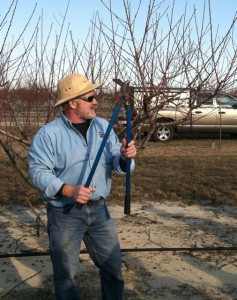
Peach Industry to Vote on Assessment Renewal in 2021
A Message from the NC Peach Growers’ Society NC Peach Growers, The year 2020 marked the …



El inglés es el idioma de control de esta página. En la medida en que haya algún conflicto entre la traducción al inglés y la traducción, el inglés prevalece.
Al hacer clic en el enlace de traducción se activa un servicio de traducción gratuito para convertir la página al español. Al igual que con cualquier traducción por Internet, la conversión no es sensible al contexto y puede que no traduzca el texto en su significado original. NC State Extension no garantiza la exactitud del texto traducido. Por favor, tenga en cuenta que algunas aplicaciones y/o servicios pueden no funcionar como se espera cuando se traducen.
Inglês é o idioma de controle desta página. Na medida que haja algum conflito entre o texto original em Inglês e a tradução, o Inglês prevalece.
Ao clicar no link de tradução, um serviço gratuito de tradução será ativado para converter a página para o Português. Como em qualquer tradução pela internet, a conversão não é sensivel ao contexto e pode não ocorrer a tradução para o significado orginal. O serviço de Extensão da Carolina do Norte (NC State Extension) não garante a exatidão do texto traduzido. Por favor, observe que algumas funções ou serviços podem não funcionar como esperado após a tradução.
English is the controlling language of this page. To the extent there is any conflict between the English text and the translation, English controls.
Clicking on the translation link activates a free translation service to convert the page to Spanish. As with any Internet translation, the conversion is not context-sensitive and may not translate the text to its original meaning. NC State Extension does not guarantee the accuracy of the translated text. Please note that some applications and/or services may not function as expected when translated.
Collapse ▲
A Message from the NC Peach Growers’ Society NC Peach Growers, The year 2020 marked the …

The analysis of the 2020 Cover Crop Survey is available and posted on SARE’s website for viewing. Farmers from …
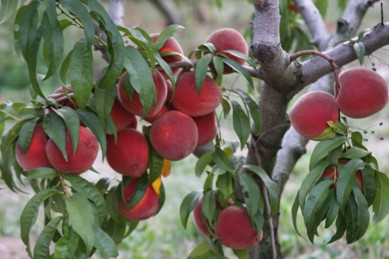
The NC Peach Growers’ Society’s annual meeting is always held on the fourth Tuesday in January. This year will …
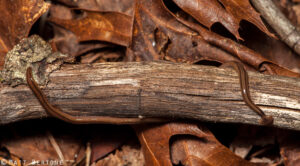
PLEASE NOTE: NC State University and local agencies (e.g. NCDA&CS) are not currently tracking species that are already known to exist …
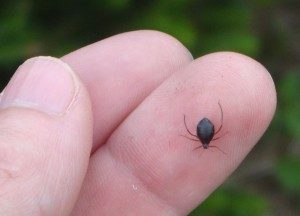
This is an updated version of an older post from 2017. Apparently COVID isn’t stopping some insects from traveling and …

Chatham Conservation Partnership conducted a webinar on SPIDERS on October 15, 2020, and we had a great turnout of about 130 …
Soybean rust was found and confirmed on soybeans in Hyde County, NC. Soybean rust has the potential to cause …
The 72nd Annual Crop Protection School will be held Wednesday, December 2, 2020, online via Zoom. RSVP is required, …
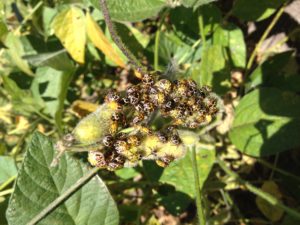
Although stink bugs were light across the state (with a few exceptions) in corn and cotton, it looks like …
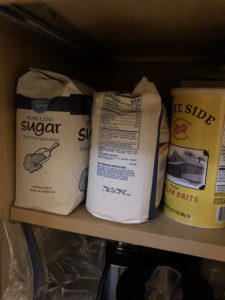
In the midst of the COVID-19 pandemic, it is reasonable to try and make fewer trips to the supermarket …
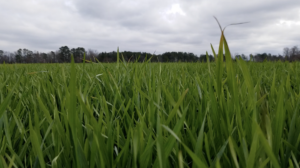
Are you planting wheat this fall? Join us for part 1 of our “Wheat Production Series” on September 25, 2020, from …

Before procuring your cover crop seed for planting this fall, please watch the video below on the potential weed …
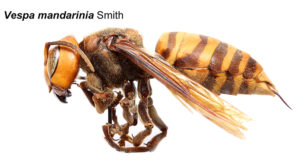
As if COVID-19 and Hurricane Isaias are not enough to keep all of us occupied, Asian giant hornets (aka, …

With odds increasing that Tropical Storm Isaias will hit some part of coastal North Carolina, we can expect some flooding …
Sivanto Prime for control of sugarcane aphid on sweet sorghum has been approved for use in North Carolina during …
I’ve been getting a lot of calls about whether to spray in areas that have not received rain in …
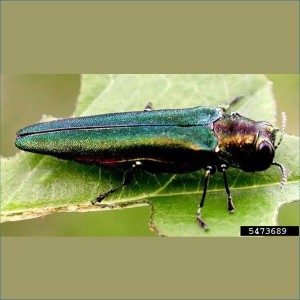
The emerald ash borer, a beautiful but extremely destructive, exotic insect pest, has now been detected in North Carolina. …
Recent weather conditions have favored several diseases in tobacco. Most pathogens that we manage in tobacco are most severe …
Prevalent Seedling Diseases Early planting conditions for soybeans were cool, and wet, which has lead to numerous reports of stand …
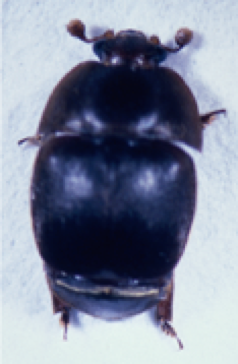
This factsheet describes the small hive beetle, its life cycle and how to prevent infestations …
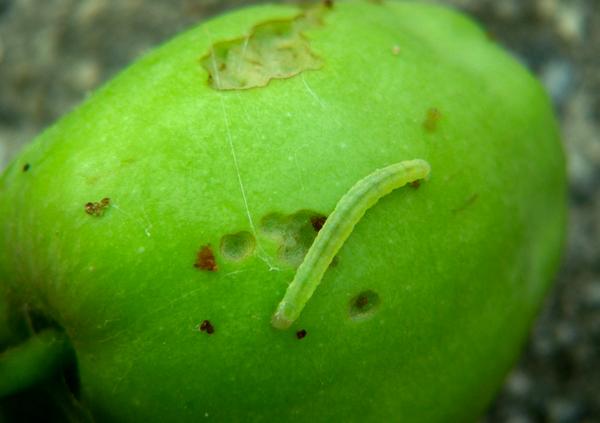

It is the goal of every beekeeper to maintain healthy, productive colonies. This can only …

This manual prepares pesticide applicators for Forest Pest Control Certification exams in the following states: …
To apply restricted-use pesticides to agricultural commodities, you must be certified or be supervised by …

This factsheet offers information on the biology and management of the emerald ash borer, an …

Black root rot impacts a range of woody and herbaceous ornamental plant species primarily in …

Whiteflies (Hemiptera: Aleyrodidae) are small (< 0.12 inch) and highly diverse insects that feed on …